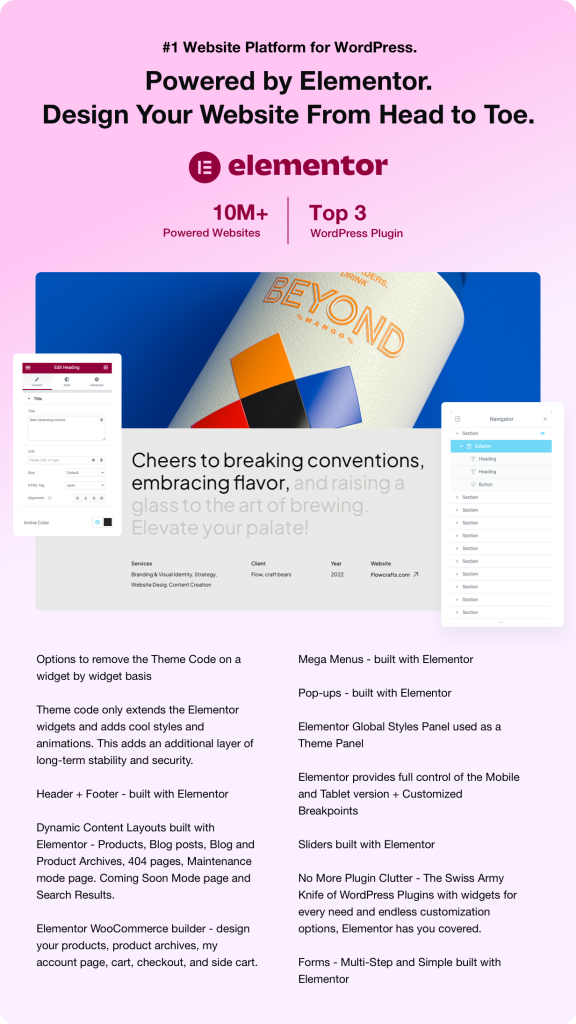In recent years, the advent of artificial intelligence (AI) has transformed industries across the globe. One of the most exciting developments is the emergence of AI-powered Operating Systems (AIOS). Unlike conventional operating systems, AIOS leverage machine learning and AI algorithms to enhance user experience, streamline processes, and optimize performance. As businesses look for ways to innovate and improve efficiency, the interest in scalable AIOS—particularly cloud-native AIOS—continues to grow.
.
**Understanding AI-Powered Operating Systems**
AI-powered Operating Systems are distinct in their ability to utilize AI techniques to provide smarter functionalities. While traditional operating systems focus primarily on managing hardware and providing user interfaces, AIOS goes beyond that. They are designed to learn from user behavior, adapt to their preferences, automate routine tasks, and even diagnose issues proactively.
.
These systems can analyze data patterns to optimize resource allocation, improve security protocols, and facilitate smoother interactions with applications. With cloud integration, these capabilities reach new heights, as data processing and AI training can occur remotely, giving users instant access to advanced functionalities without the need for extensive local resources.
.
**Scalable AIOS: Meeting the Demands of Modern Applications**
As businesses strive to handle ever-growing volumes of data and complex applications, scalable AIOS have emerged as a solution to meet these challenges. Scalability, in this context, refers to an operating system’s ability to expand its capacity efficiently, adapting to fluctuations in workload while maintaining performance and reliability.
.
Scalable AIOS allow organizations to deploy applications across distributed environments, whether on-premise or in the cloud. They are engineered to manage large datasets and complex algorithms that require rapid processing. By leveraging cloud resources, these operating systems can dynamically adjust to the needs of applications, enabling organizations to respond to changes in demand swiftly and effectively.
.
**The Rise of Cloud-Native AIOS**
Cloud-native AIOS are specifically designed to thrive in cloud environments. They are built around microservice architectures, enabling developers to create and deploy applications in modular units that can be scaled independently. This structure results in faster deployment times, easier updates, and improved fault tolerance.
.
Cloud-native AIOS also facilitate continuous integration and continuous deployment (CI/CD) practices, allowing organizations to push updates and new features without downtime. Additionally, they enhance collaboration among development teams by enabling them to work on different components simultaneously.
.
**Industry Applications of AI-Powered Operating Systems**
Various sectors are exploring the capabilities of AI-powered Operating Systems to drive operational efficiencies and unlock new possibilities. A few notable applications include:
1. **Healthcare:** AIOS can manage electronic health records (EHRs) and streamline patient interactions by learning from historical data. They can also predict patient health trends, helping healthcare providers make informed decisions.
2. **Finance:** Financial institutions can utilize AIOS to monitor transactions in real-time, detect anomalies, and automate trading processes. These efficiencies lead to quicker decision-making and risk management.
3. **Manufacturing:** In manufacturing, AIOS can optimize machine performance by analyzing usage patterns, predicting equipment failures, and recommending maintenance schedules, thereby reducing downtime and maintenance costs.
4. **Retail:** Retailers leverage AI-powered Operating Systems to personalize customer experiences, manage inventory proactively, and analyze consumer behavior trends, enhancing overall service delivery.
.
**Technical Insights: The Building Blocks of AIOS**
AI-powered Operating Systems comprise several key elements that set them apart from traditional systems:
– **Machine Learning Algorithms:** At the core of AIOS are machine learning algorithms that enable the system to learn from data inputs continually. These algorithms help in predictive analytics, recommending solutions before issues arise based on historical trends.
– **Natural Language Processing (NLP):** NLP technologies allow users to interact with their operating systems using voice commands or text inputs, making the experience more intuitive and user-friendly.
– **Data Integration and APIs:** Cloud-native AIOS rely on seamless data integration and robust APIs to connect different services and applications. This approach enhances data sharing between platforms and improves real-time decision-making.
– **Security Features:** AIOS utilize advanced AI-driven security protocols that can learn to spot unusual activities or vulnerabilities, significantly enhancing the system’s resilience against cyber threats.
.
**Case Study: Microsoft Azure AIOS**
A prominent example of a robust cloud-native AIOS is Microsoft Azure. Its platform integrates machine learning, AI capabilities, and scalable cloud infrastructure to deliver a developer-friendly environment. With tools like Azure Machine Learning, developers can create, train, and deploy machine learning models, seamlessly integrating these capabilities into applications.
.
Azure’s AIOS empowers organizations to build intelligent applications that can scale quickly based on real-time data usage. Companies from various sectors, including gaming and financial services, are exploiting Azure’s capabilities to enhance operational efficiencies and deliver innovative services.
.
**Best Practices for Implementing AI-Powered Operating Systems**
Organizations looking to adopt AI-powered Operating Systems should keep several best practices in mind:
1. **Assess Business Needs:** Understand the specific challenges facing your organization and determine how an AIOS can address them effectively.
2. **Focus on Data:** Ensure that your data is clean, organized, and accessible. Quality data is imperative for training AI models effectively.
3. **Start Small:** Implement AIOS in phases. Start with pilot projects to measure success and adjust strategies before a full rollout.
4. **Invest in Training:** Educate your teams on how to leverage AIOS capabilities effectively. Continuous training helps teams adapt as technologies evolve.
5. **Monitor Performance:** Utilize analytics tools to monitor the system’s performance and make data-driven adjustments to enhance efficiency.
.
**Challenges and Concerns: The Road Ahead**
Despite their advantages, AI-powered Operating Systems face several challenges. Data privacy and security remain a primary concern, especially as these operating systems handle sensitive information. Organizations must ensure compliance with regulations like GDPR and prioritize robust security measures.
.
Additionally, implementing AIOS requires a cultural shift within organizations. Teams must be open to adapting new technologies and workflows. Resistance to change can impede the successful adoption of AIOS.
.
As the technology landscape evolves, ongoing advancements in AI and machine learning will continue to shape the capabilities of AI-powered Operating Systems. Embracing these innovations can empower organizations to thrive in an increasingly complex digital ecosystem.
.
**Conclusion: The Future of Computing with AI-Powered Operating Systems**
The rise of AI-powered Operating Systems marks a significant turning point in how technology integrates into our daily lives and business operations. Through scalable and cloud-native capabilities, AIOS not only improve efficiencies but also open doors to unprecedented innovation.
.
As organizations continue to harness the power of AI, the future promises exciting possibilities for operating systems that learn, adapt, and drive improved outcomes. By investing in AIOS today, organizations can position themselves to thrive in tomorrow’s fast-paced technological landscape.
.
**Sources:**
1. Schiller, B. (2023). *AI in Operating Systems: What You Need to Know*. Forbes.
2. Karp, B. (2023). *How Cloud-Native Applications Are Reshaping IT*. TechCrunch.
3. Patel, M. (2023). *The Pharmacy of Technology: AI-Driven Healthcare Solutions*. HealthTech Magazine.
4. Gruber, A. (2023). *AI-Powered Finance: Maximizing Opportunities and Minimizing Risks*. Financial Times.



















